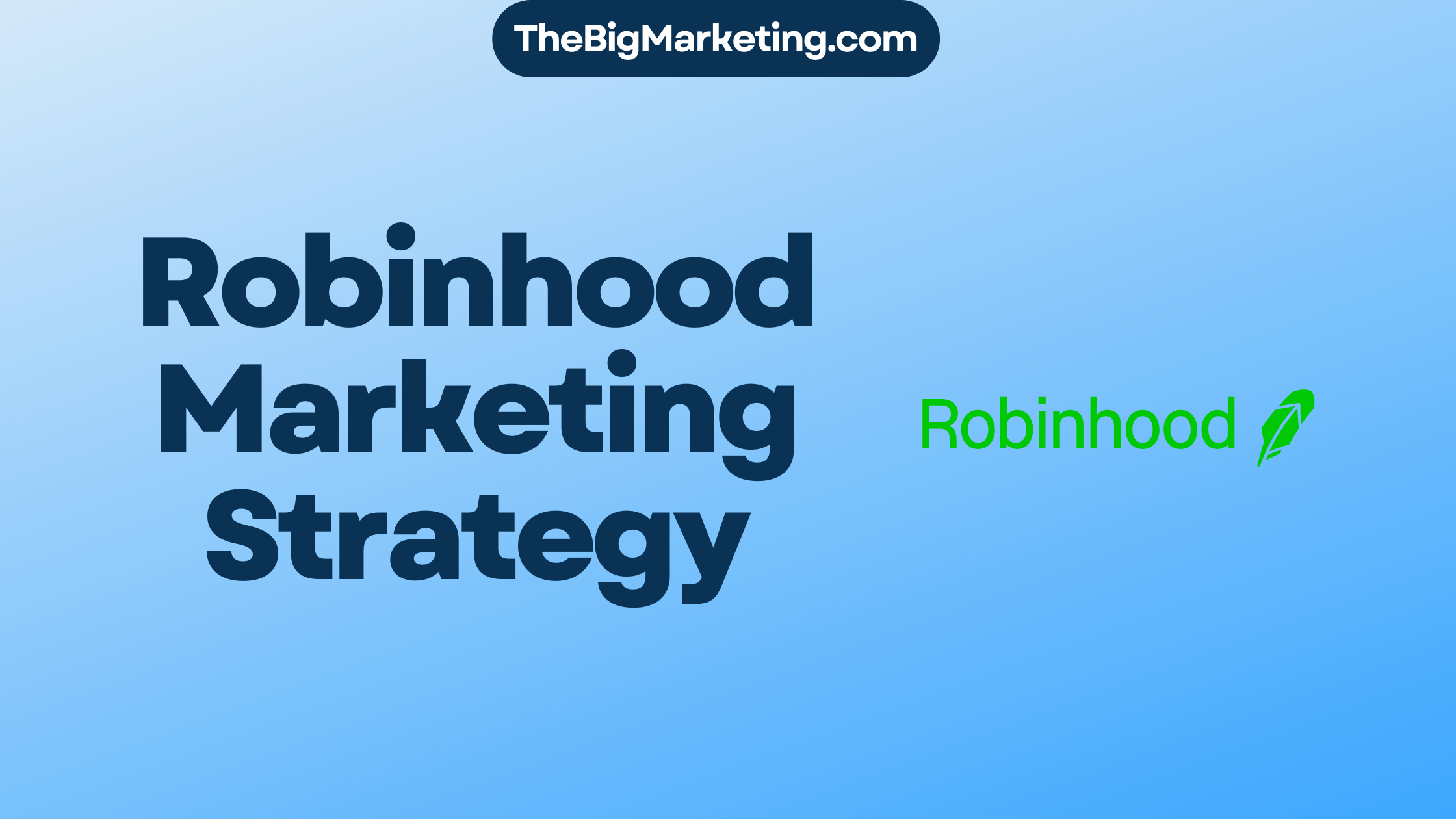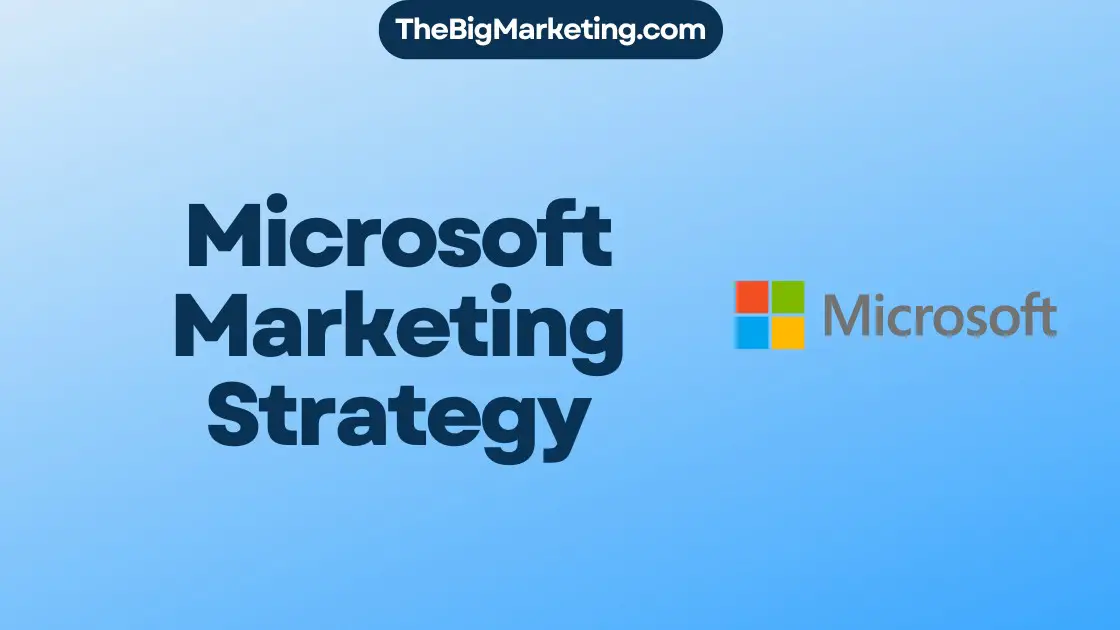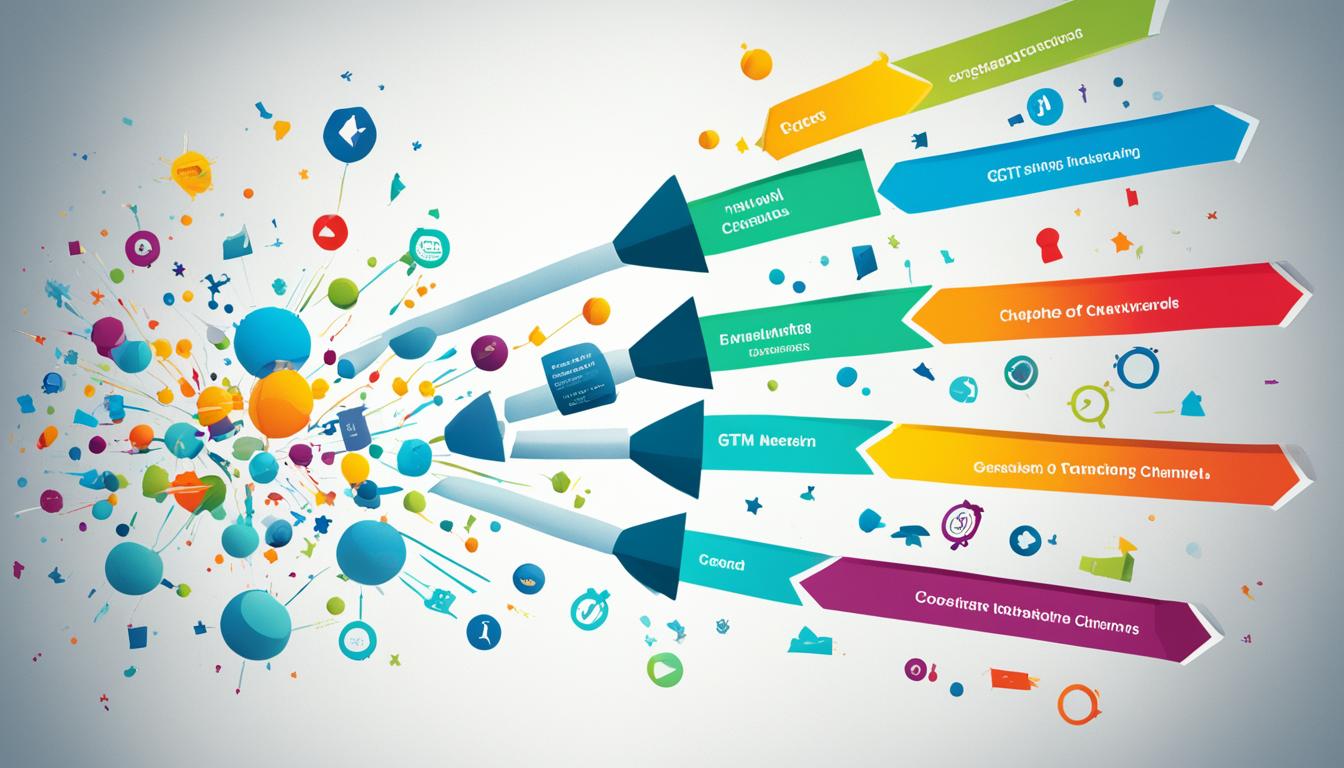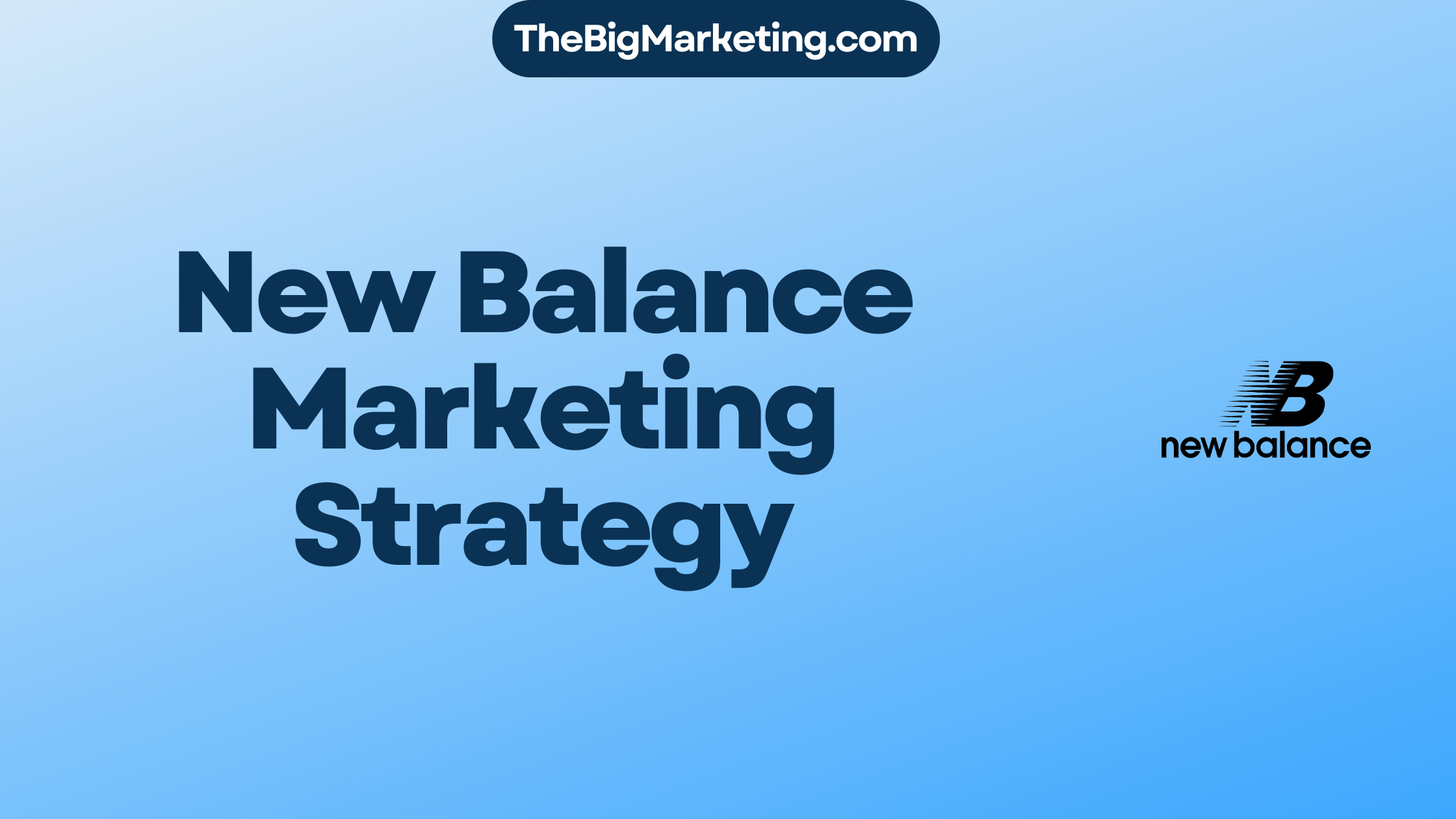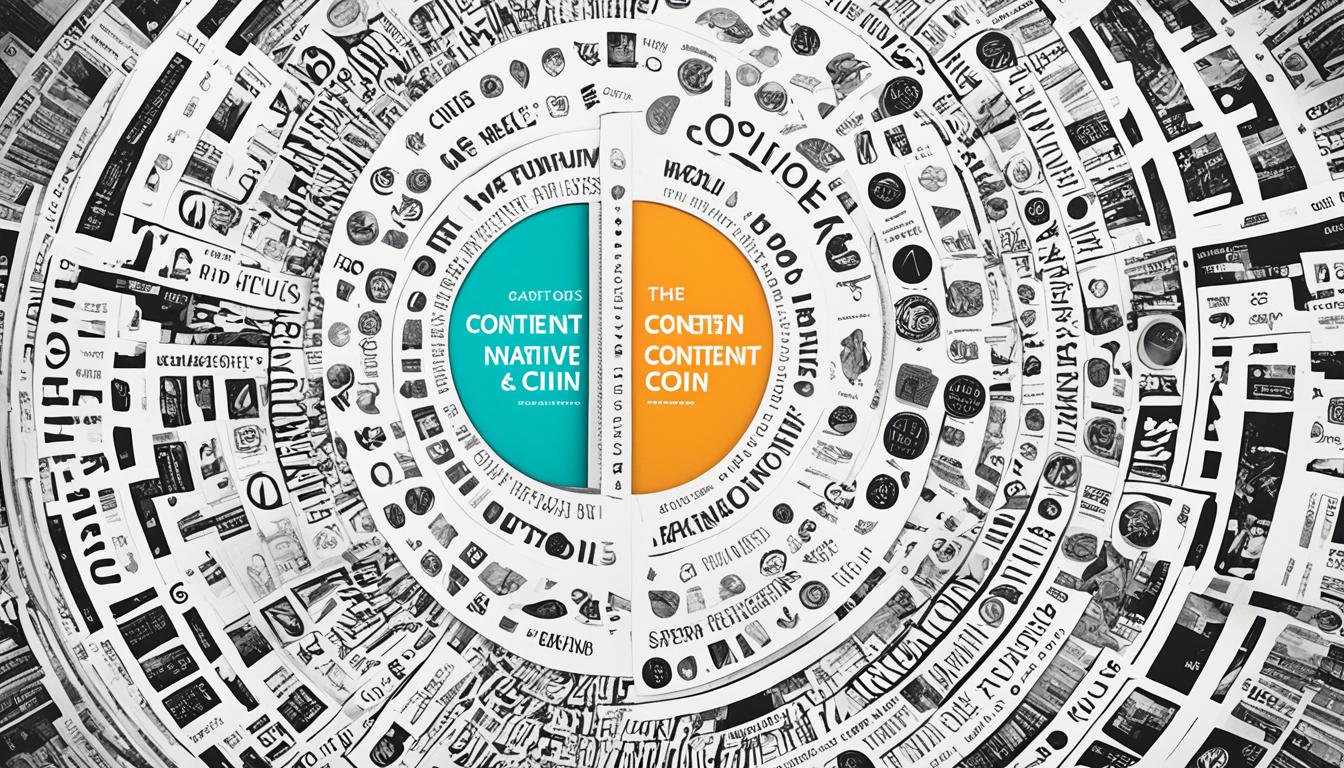Marketing collateral is key to any strong marketing plan. It gives businesses the tools to share their brand’s story, products, and services. It includes many forms, like promotional items, sales literature, and online content. Examples include corporate brochures, product catalogs, and digital assets.
We’ll dive into the world of marketing collateral, looking at its types and uses. Learning about marketing collateral helps businesses reach their goals. It lets them connect with the people they want to reach.
Key Takeaways:
- Marketing collateral plays a vital role in promoting a company’s brand message, products, and services.
- It encompasses a diverse range of materials, including promotional materials, sales literature, and branded content.
- Various mediums, such as corporate brochures, product catalogs, and digital assets, fall under the umbrella of marketing collateral.
- Understanding the importance of marketing collateral can help businesses effectively communicate with their target audience and achieve their marketing objectives.
- Stay tuned to learn more about the different types of marketing collateral and their specific uses!
The Importance of Marketing Collateral
Marketing collateral is key to a business’s success. It’s not just for the sales team. It also boosts awareness, draws in leads, and fosters brand loyalty. By crafting the right collateral, businesses can share their message and reach their goals.
In the competitive market, it’s crucial to stand out and grab potential customers’ attention. Marketing collateral helps with this. It supports sales and highlights what makes the brand special, whether through brochures, social media, or ads. This way, businesses stand out by showing off their products and unique offerings.
Moreover, marketing collateral connects businesses with their audience. It offers valuable info, helping customers make informed choices. This includes educational content like eBooks or success stories from happy customers. Thus, it’s more than just ads; it’s about sharing knowledge and experiences.
Consistent, eye-catching marketing materials also build brand loyalty. Customers come to trust and stick with a brand that communicates well. A strong, emotional brand message deepens this connection, turning people into loyal followers.
Beyond making money, marketing collateral boosts morale and supports rebranding. It shows off a brand’s wins, making employees proud. For a rebrand, it helps everyone understand and accept the new identity.
Example: Imagine a skincare brand focusing on sustainability. By creating insightful blog posts and social posts on natural ingredients and their eco-benefits, the brand draws in more people. Plus, educational eBooks and fun quizzes help build a loyal community and establish the brand as a thought leader.
In sum, marketing collateral is vital for any marketing strategy. It does more than assist sales; it also boosts awareness, wins leads, and creates brand loyalty. With engaging collateral that effectively shares its message, a business can achieve its objectives and shine in a crowded market.
Traditional and Digital Marketing Collateral
Marketing materials are key in both old and new marketing plans. They grab the target audience’s attention and share the brand’s message. Traditional ones include print items like brochures and mail. Meanwhile, digital ones cover online ads, blogs, and infographics.
Printed materials have been around for ages. Brochures give a full view of what a company offers. Even old-style mail can catch the eye of the right people.
Digital marketing has changed how we talk to our audience. Online materials let you reach out on different platforms. Like, banner ads can hone in on specific users. Blogs let companies share their know-how and lead the conversation.
Brand magazines bring a company’s image to life in digital form. They’re interactive and boost brand knowledge. eBooks go deep on topics, aiming to educate folks. Infographics make complex info simple and engaging to look at.
Using both traditional and digital materials helps reach all corners of the market. It’s about mixing methods to connect with everyone. This blend fits the different tastes and habits out there.
To see the differences between the two kinds of marketing materials, check the table below:
| Traditional Marketing Collateral | Digital Marketing Collateral |
|---|---|
| Brochures | Banner Ads |
| Direct Mail | Blog Posts |
| Displays | Brand Magazines |
| eBooks | |
| Infographics |
Mixing old and new marketing materials in one plan helps businesses connect with people in many ways. It allows for smarter choices based on data. And it helps fit messages to what the audience likes and needs.
Essential Marketing Collateral for Every Business
Every business needs certain marketing tools to promote its brand. These tools share important info with customers and create a professional look. Here are the essentials:
A Logo
Your logo is how people see your brand. It should stand out, be memorable, and show who you are.
Mission Statement
Your mission statement tells people what your business aims to do. It helps them see why they should pick your brand.
Website
Having a website is key for being online. It’s where people can learn about what you offer. It helps reach more people.
About Us Page
An about us page lets you share your story. You can talk about your values and build trust.
Social Profiles
Being active on social media helps you connect. You can share news and make your brand known.
Listings
Listings on sites like Google My Business and Yelp make you easier to find. They let customers discover more about you.
Email Signature
A professional email signature shows off your brand in your emails. It also gives people your contact info.
Business Cards
Business cards show your brand in a real way. They leave a lasting impression during networking and meetings.
One-Pager
A one-pager sums up your business and what you offer. It’s handy after meetings or as a download from your site.
Brand Colors
Using the same brand colors makes you recognizable. It strengthens your brand identity across all your materials.
Good-to-Have Marketing Collateral
Some marketing materials are not essential but can greatly help if you have the resources. These include:
- Templated emails
- Blog posts
- Ebooks or guides
- Online ads
- Landing pages
- Testimonials and case studies
- Pitch deck
- Flyers
These materials serve many purposes. They help generate leads, teach customers, and support sales. They’re affordable but can greatly boost your marketing.
Templated emails make your messaging consistent. Blog posts and ebooks show you’re a thought leader. Online ads and landing pages drive traffic and get leads.
Testimonials prove your product’s value. Pitch decks are key when getting investors. Flyers are great for promoting things. Using these marketing tools together can improve your marketing and results. Now, let’s look at each type:
Templated Emails
**Templated emails** are ready-made and can be changed for different reasons, like welcome emails or sales news. They help keep your branding and messages the same. This makes creating personal, professional emails easier.
Blog Posts
**Blog posts** boost your website visits, show your expertise, and keep readers interested. Good blog posts attract and teach potential customers, earning their trust and loyalty.
Ebooks or Guides
**Ebooks or guides** give in-depth help. They show your knowledge and solve audience problems. Ebooks are great for getting new contacts and leads.
Online Ads
**Online ads** help you reach many people, make them aware of your brand, and lead them to your website or special pages. You can target your ads to specific people to ensure the right ones see them.
Landing Pages
**Landing pages** aim to turn visitors into customers or leads. They match with your ads or emails. A good landing page convinces people to take an action, like joining a trial or buying something.
Testimonials and Case Studies
**Testimonials and case studies** show how others benefit from your service or product. Sharing these stories can make potential customers trust and believe in what you offer.
Pitch Deck
A **pitch deck** is a tailored presentation that explains your business idea or products attractively. It’s used for getting investors interested or presenting to possible clients. A strong pitch deck can make a big impression.
Flyers
**Flyers** are promotional pieces for telling people about your business, products, or events. They can be paper or digital. Flyers grab attention and encourage people to act, making them useful for local promotions.
Mixing these marketing materials into your plan can boost your strategy. You’ll better engage your audience and meet your goals. Make sure to fit each material to your audience and overall marketing aims.
| Type of Marketing Collateral | Purpose |
|---|---|
| Templated Emails | Streamline communication and ensure consistency. |
| Blog Posts | Drive organic traffic, establish expertise, and engage audience. |
| Ebooks or Guides | Showcase expertise, address pain points, and generate leads. |
| Online Ads | Increase brand awareness, reach target audience, and drive traffic. |
| Landing Pages | Convert visitors into leads or customers. |
| Testimonials and Case Studies | Build trust, credibility, and social proof. |
| Pitch Deck | Present business ideas or products to potential investors or partners. |
| Flyers | Promote business, products, or events. |
Importance of Tailored Marketing Collateral
Tailoring marketing to various audiences is key for success. It’s crucial to match marketing materials with each step of the buyer’s journey. This way, instead of pushing sales, companies can more effectively nurture potential customers.
Marketing materials are vital for connecting with specific audiences. By customizing the message, design, and format, companies can have a bigger impact. This tailored approach ensures marketing efforts hit the mark.
A one-size-fits-all approach often misses the target. Audiences have unique needs and issues. Recognizing these differences helps businesses craft materials that truly speak to their audience.
Effective marketing materials stem from a solid strategy. This strategy details goals, audiences, and how to communicate. It makes sure materials align with business goals and clearly show the brand’s value.
It’s important to think about the buyer’s journey when creating marketing materials. This journey includes awareness, consideration, and decision stages. Tailored materials for each stage can make a big difference in turning interest into sales.
Nurturing leads through targeted messaging
Nurturing leads means connecting with potential customers by sharing useful information. It’s about having conversations through marketing materials at every step.
Businesses should steer clear of aggressive selling. Instead, focus on guiding potential customers with relevant messaging. This builds trust and credibility, making the brand a go-to source.
Targeted messaging requires understanding what the audience truly needs and wants. By customizing the message, companies can make a greater impact. This approach makes marketing materials far more effective.
Also, targeted messaging avoids the trap of generic marketing. Generic materials often fail to catch the audience’s attention. This can lead to wasted effort and lost opportunities.
In conclusion, customizing marketing materials for different audiences is vital. Knowing the buyer’s journey and providing thoughtful messaging can turn leads into sales. This avoids hard selling and creates materials that inform and engage.
Tracking and Measuring Digital Marketing Collateral
It’s key to track and measure how well digital marketing materials do. This helps make marketing plans better and boosts ROI. It can be tough to track PDFs, but online materials offer valuable insights.
Online materials let businesses see how people interact with their content. This leads to smarter decisions and better marketing plans.
Businesses can look at important data such as:
- Number of views and downloads
- Time spent on each page or section
- Click-through rates on links or calls-to-action
- Conversion rates
- Referral sources
Looking at this data helps understand what works with your audience. This helps make future materials more effective and boost marketing success.
Tracking also shows how well your material is shared. Knowing this helps figure out which channels work best.
The Benefits of Tracking and Measuring Digital Marketing Collateral
This approach offers many benefits:
- It allows for a clear measure of digital materials’ success. This helps businesses understand their ROI better and plan smarter.
- Data helps find ways to make marketing content better, increase engagement, and convert more viewers.
- It reveals what your audience likes. This helps tailor content and targeting strategies to fit their preferences.
- Understanding your audience’s needs leads to personalized content. This makes your marketing more effective and engaging.
The image above emphasizes the value of keeping track of digital marketing materials. Doing so improves strategies and leads to better results.
Types of Digital Marketing Collateral for the Awareness Stage
At the awareness stage, businesses educate potential customers about their challenges. They aim to show they’re a knowledgeable authority. This goal can be reached by using various digital marketing tools. These tools should offer value and help to make the brand more known.
eBooks
eBooks go deep into topics that readers care about or have issues with. Often, they come in a PDF that’s easy to download and read. Through eBooks, companies share deep knowledge and practical advice. This helps them look credible and become leaders in their field.
Blog Posts
Blog posts provide useful and interesting content to many people. They’re usually found on a company’s website. These posts cover different subjects that matter to the readers or are related to the business field. With regular, well-researched posts, a company can be seen as an expert. This also helps bring more visitors to their site.
Pillar Pages
Pillar pages are detailed and serve as a main source for a specific topic. They talk about everything related to that topic and link to other content, like blog posts. Pillar pages show a business’s knowledge, improve SEO, and are a great source of information.
Videos
Videos are an engaging way to share complex info or show what a product does. They can also share happy customer stories or entertain people. Videos can be shared on websites, social media, or in emails. This makes them a strong tool for getting noticed.
Social Media Content
Social media content is key during the awareness stage. It includes posts and images that educate, inform, and entertain readers on platforms like Instagram or Facebook. This type of content helps businesses reach more people, get noticed, and be active online.
By using these digital marketing tools, businesses can teach their audience well. They can also be seen as experts and get more attention. It’s vital to make content that speaks to what the audience needs and likes. This helps guide them on their buyer’s journey.
Types of Digital Marketing Collateral for the Consideration Stage
In the consideration stage, businesses must give detailed information about what they offer. This is when buyers look over their options and decide wisely. Various digital marketing materials can help sway potential customers at this point.
Some effective digital marketing materials for this stage include:
- Case Studies: Case studies show real examples of how your product or service solved a customer’s problem or reached a goal. They highlight success stories and results, showing your value and trustworthiness.
- White Papers: White papers are comprehensive reports offering insights, analysis, and solutions on industry trends or issues. They establish your brand as a knowledgeable leader and provide detailed information to help during decision-making.
- Product Catalogs: Product catalogs list all your products or services, with their features, specs, and prices. They help people understand and compare what you offer, aiding them in making a purchase decision.
- Infographics: Infographics are attractive, simple graphics that summarize complex data. They help explain the advantages, features, or data of your products or services quickly and engagingly.
- Webinars: Webinars let you share detailed information, show product features, and answer questions live. They create a personal connection and trust by offering useful knowledge and insights.
Using these digital marketing materials can educate and engage potential customers at the consideration stage. This guides them to choose you.
| Collateral Type | Description | Benefits |
|---|---|---|
| Case Studies | Real-world examples showcasing the success stories and outcomes of your product or service | Enhances credibility, demonstrates value, and provides social proof |
| White Papers | In-depth reports providing valuable insights, analysis, and solutions related to industry trends or challenges | Positions your brand as an authority, builds trust, and offers in-depth information |
| Product Catalogs | Comprehensive collections showcasing your products or services, including features, specifications, and pricing | Facilitates comparison, improves understanding, and helps potential customers make informed decisions |
| Infographics | Visually appealing graphics presenting complex information in a concise and engaging manner | Enhances understanding, grabs attention, and makes information more memorable |
| Webinars | Interactive online events where you present information, demonstrate product features, and answer questions | Allows for personalized engagement, builds trust, and provides valuable knowledge |
Conclusion
Marketing collateral plays a big role in promoting brands and engaging audiences in today’s online world. Using the right marketing materials at different stages of the buyer’s journey helps businesses do better. This leads to the results they want.
In the awareness stage, informative eBooks work well. For the consideration stage, detailed case studies are great. Having a variety of marketing materials lets businesses clearly share their message. They can also show how good their products or services are.
But, it’s crucial to keep checking and improving these materials. As ways to market change, businesses need to update their materials. This helps them connect with their audience online. By following industry trends and what consumers like, businesses can make materials that truly make an impact.


